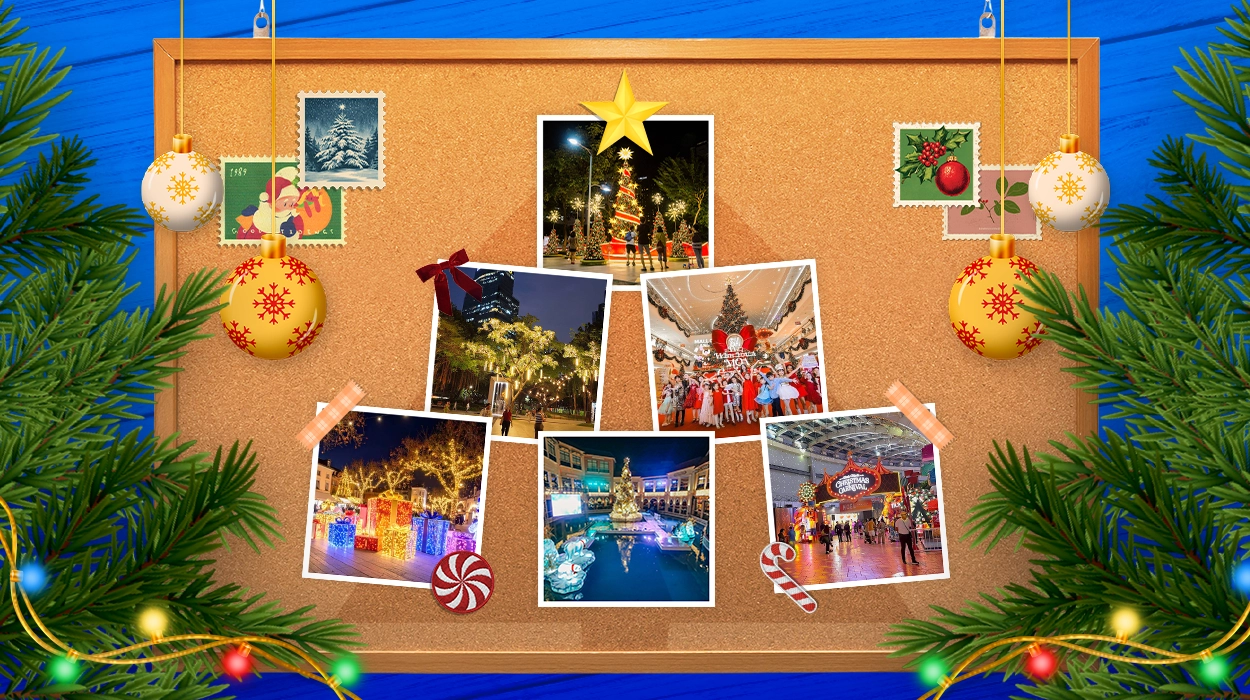The social media upstart is changing the way we consume information and video content. For brands, this can be an opportunity to expand horizons and experiment with new formats.
It’s been a while since a short-form video-first platform took off and didn’t die a quick death. After Vine shut down in 2016, there was Dubsmash and Musical.ly—both popular for their lipsync video format from where the careers of celebrities like Jojo Siwa and Maine Mendoza took off. Bought by ByteDance in 2018, Musical.ly soon became the social media beast that is TikTok.
At least 44.4 million Filipinos are active on TikTok with 67.9% of users between 18-64 years old considering it their most used app. Aside from posting funny videos like dance challenges and food recipes, the app has also evolved into a quasi-search engine for Gen Z. Tiktok has become a cultural phenomenon that can affect everything from music distribution strategy to elections.
Reel time in real-time
As our attention spans dwindle, the rise of TikTok can be attributed to the increasing popularity of short-form video content on social media. Many people today are looking for quick, bite-sized pieces of content that can easily fit into their fast-paced lives. With TikTok, users can easily create and share videos that are just a few seconds long, making it the perfect platform for consuming content on the go.
It’s TikTok’s popularity that pushed competitors Instagram and Facebook into shifting towards algorithms that prioritize video content. Instagram Reels was introduced in August 2020 as a response to TikTok’s popularity. Static images don’t cut it anymore for most social media platforms.
However, what really sets TikTok apart from other social media platforms is the sense of community and authenticity that it provides. The app’s algorithm prioritizes discovery and encourages users to engage with content from creators who aren’t necessarily already famous, making it easier for users to become popular and go viral. This has led to a democratization of content creation and has empowered a whole new generation of creators who can share their unique perspectives and creativity with the world.
This sense of community and authenticity is particularly appealing to Gen Z, who place a high value on diversity, inclusivity, and authenticity. On TikTok, young people can find and engage with content that aligns with their values and interests, as well as connect with like-minded individuals.
Tok-ing to the market
TikTok is becoming an increasingly important platform for brands to embrace. Many brands are already experimenting with TikTok, creating fun and engaging content that resonates with the younger demographic. The key to success on TikTok is to create content that feels authentic and relevant to the platform, rather than simply repurposing content from other social media channels.
Traditional publications have been trying to figure out how to report and use TikTok to their advantage. The Washington Post does this by making videos in the form of short sketches, filters, and quick-fire informative explainers. WWF taps into the almost-guaranteed viral success of animal videos by posting about interesting wildlife and pushing for their conservation advocacy.
User-generated content drives TikTok. Brands can tap into that by encouraging audiences to share their own content using challenges, hashtags, or filters, which can help create a sense of community and encourage engagement. In time for Valentine’s Day, Uniqlo Philippines made a “couple’s look” video promoting their products.
To successfully market on TikTok, brands should consider creating content that is authentic and relatable. This could mean partnering with influencers or micro-influencers who have a significant following on social media. Brands can leverage these influencers to create content that resonates with their audience, while also promoting their products or services. Lazada and Shopee do this by having influencers give their recommendations in time for monthly sales, feeding into the “budol” lifestyle that’s popular on TikTok.
The possibilities are endless on TikTok. As the platform continues to evolve and mature, it is becoming an increasingly important platform for brands to engage with the younger generation. By embracing the unique nature of TikTok and creating content that feels authentic and relevant, brands can tap into the platform’s immense potential and connect with the next generation of consumers.
M2.0 Communications is a public relations company that tells meaningful, data-driven narratives. Alongside our PR advisory and reputation management services, M2.0 is also a creative agency that offers content creation and video production for brands to engage their audiences. Visit our case studies page to learn more about our work.



